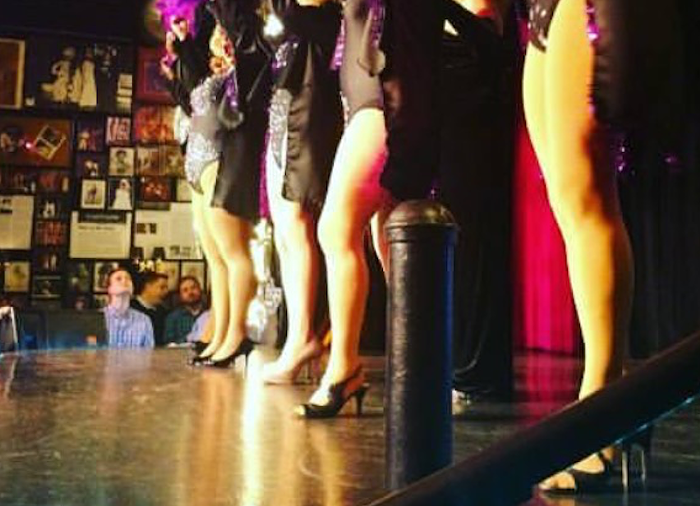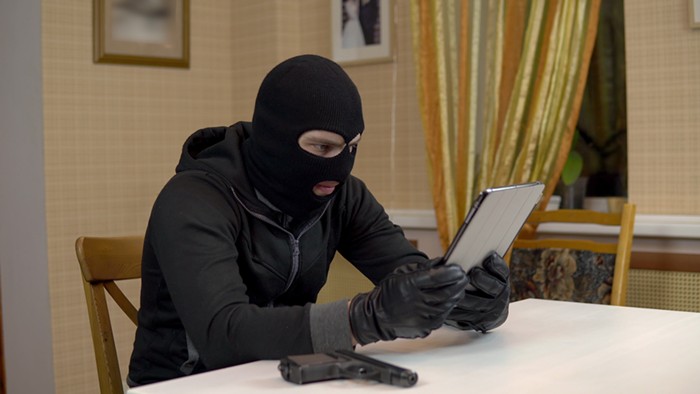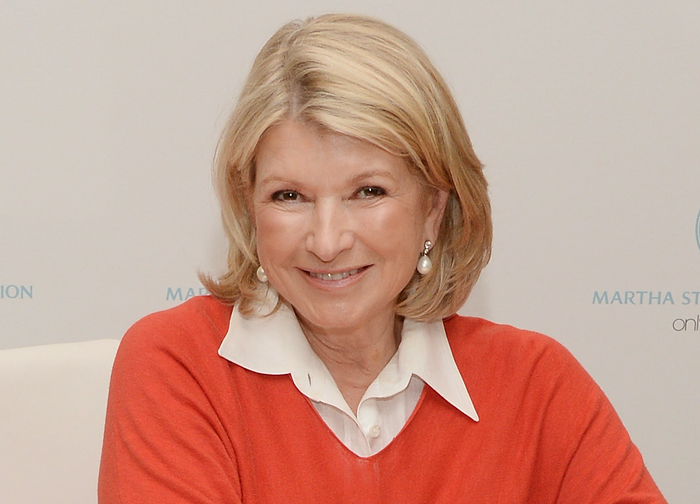Art historian and critic Sister Wendy Beckett was a badass. Well—as badass as a consecrated virgin can be, which is still a veritable fuckton. While the rest of us were busy stuffing ourselves with Christmas dinner leftovers and fiddling with that weird gadget our parents gifted us, the internationally famous South African-born British nun and hermit Sister Wendy died on Dec. 26 at the age of 88.
Sister Wendy quietly stepped into the spotlight with her BBC program Sister Wendy’s Odyssey in 1992, which followed her to six of Britain’s most famous art collections. Though the concept of watching a nun stand in front of a painting seems strange, Sister Wendy’s passion for art and storytelling resonated deeply with the public television watching crowd, propelling her to international "stardom" and recognition. In part because she never shied away from the grittier and erotic nature of art. Like here, when talking about sculptor Gian Lorenzo Bernini’s Apollo and Daphne, where Wendy asks the pertinent question, “Why did Daphne flee? Was she afraid of sex? Or was she afraid of this particular man, Apollo?”
I first encountered Sister Wendy in high school. My art history teacher would put on a video of hers after an exam or if the topic was relevant to something we’d been studying. Everyone fell in love with Sister Wendy—the giant glasses, the modest black habit, the teeth (which reminded me of another British icon). All served to make her distinctly recognizable and trustworthy.
The way she broke down the painting or sculpture or artifact, her way of looking, was the most wonderful part of the show. It was as if you were tapped into some divine power of sight that put you right there in the room with her, gazing upon some of the most important art in Western civilization. She assumed not knowledge, but intelligence. I very much based my approach and understanding of art and seeing on Sister Wendy’s programs. Please pour one out for Sister Wendy—she will be missed!












